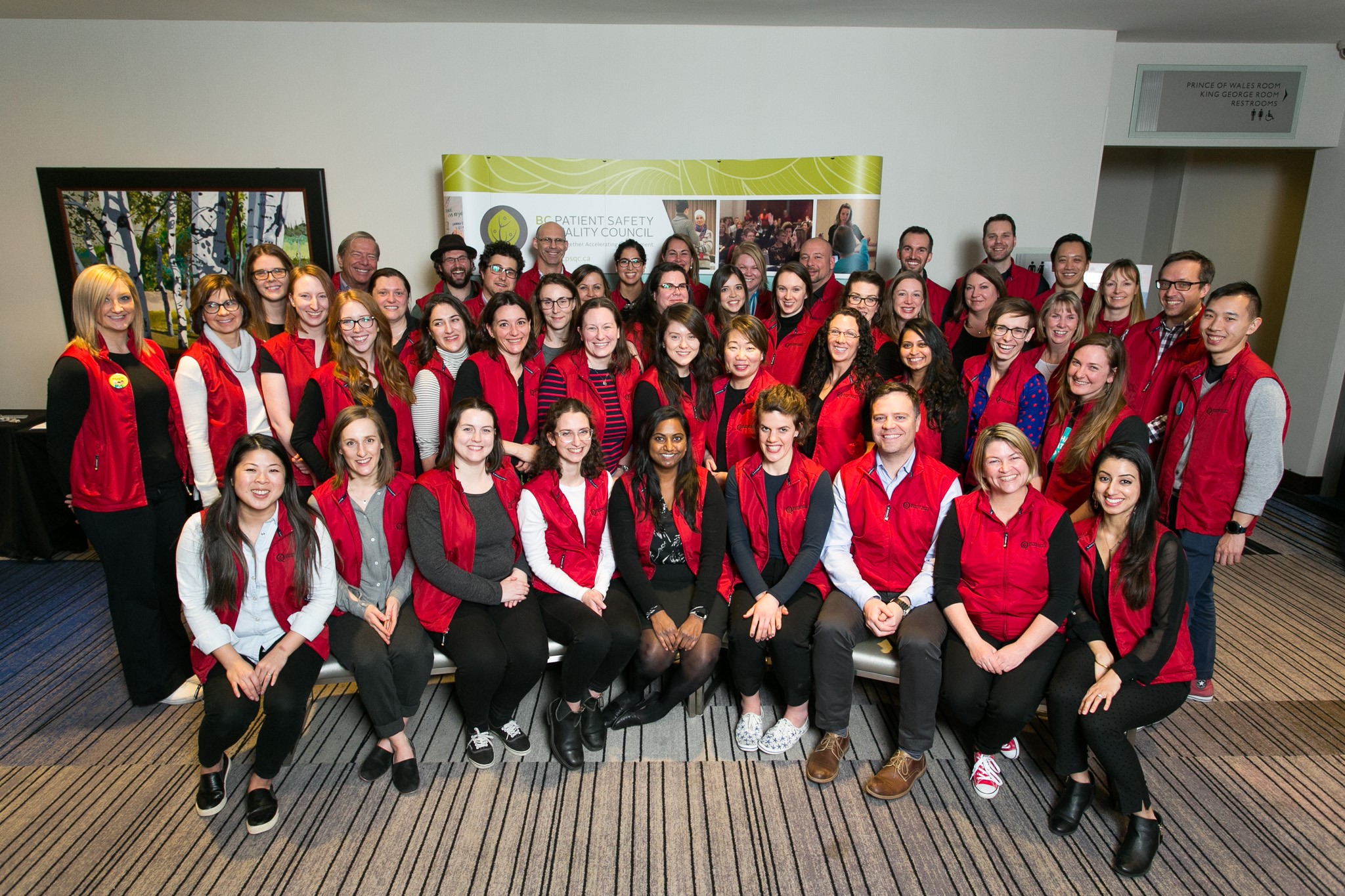Posted • Last updated
Closed
Open to Provincial Region, Patient partners across the province
Last updated
Successful aging can be an emotional time for patients and family members. BC Guidelines would like to help by working with you to improve available resources for advance care planning and frailty in older adults.
Open to: Patient partners across the province
Lead Organization or Department
Guidelines and Protocols Advisory Committee, BC Ministry of HealthAim
To engage patients and caregivers on the format, usefulness and ease of understanding two new resources for Advance Care Planning and Frailty in Older Adults. Feedback provided will help set future priorities for BC Guidelines.Level of Engagement
This opportunity is at the level of consult on the spectrum of engagement (www.iap2.org). The promise to you is that the health care partner will listen to and acknowledge your ideas and concerns, and provide feedback on how your input affected the decision.Eligibility
- Diverse BC adult participants in the areas of: gender, age, geographic location, culture, roles and experiences
- Open to patient partners across the province
- If you have a strong interest in this work but have not yet completed a PVN orientation and Volunteer Agreement, are unsure if your experience is a good fit or feel another format of engagement would work better with your availability, please contact Cathy Almost directly.
Logistics
- Vacancies: 12
- Proposed date: Wednesday, October 18 (date is flexible)
- Email and one 90 minute webinar
- Review 2 documents:
Reimbursement
No anticipated expenses.Background
- The BC Guideline Frailty in Older Adults – Early Identification and Management has been revised and will be published in late 2017. The revised guideline was developed by a working group of BC family physicians and specialists with a research officer from the Ministry of Health. The research officer developed two new patient resource guides, which were informed by the working group’s expertise. One of the guides, Advance Care Planning: Resource Guide for Patients and Caregivers, has undergone an external review for feedback from BC family physicians and geriatricians, and Ministry of Health staff with expertise in palliative care.
- BC Guidelines (bcguidelines.ca) are clinical practice guidelines that provide recommendations to BC practitioners on delivering high quality, appropriate care to patients with specific clinical conditions or diseases. These “Made in BC” clinical practice guidelines are developed by the Guidelines and Protocols Advisory Committee (GPAC), an advisory committee to the Medical Services Commission. The primary audience for BC Guidelines is BC physicians, nurse practitioners, and medical students. However, other audiences such as health educators, health authorities, allied health organizations, pharmacists, and nurses may also find them to be a useful resource.
- Some of our guidelines have accompanying patient resource guides for primary care physicians and nurse practitioners to distribute them to their patients. The resource guides are also posted publicly online at www.bcguidelines.ca. We are planning to publish two new guides in late 2017: 1. Advance Care Planning: Resource Guide for Patients and Caregivers and 2. Frailty in Older Adults: Resource Guide for Patients and Caregivers.
Health Care Partner Contact Information
Cathy Almost
Engagement Leader, Patient and Public Engagement | Northern BC
250.615.9932
calmost@bcpsqc.ca

